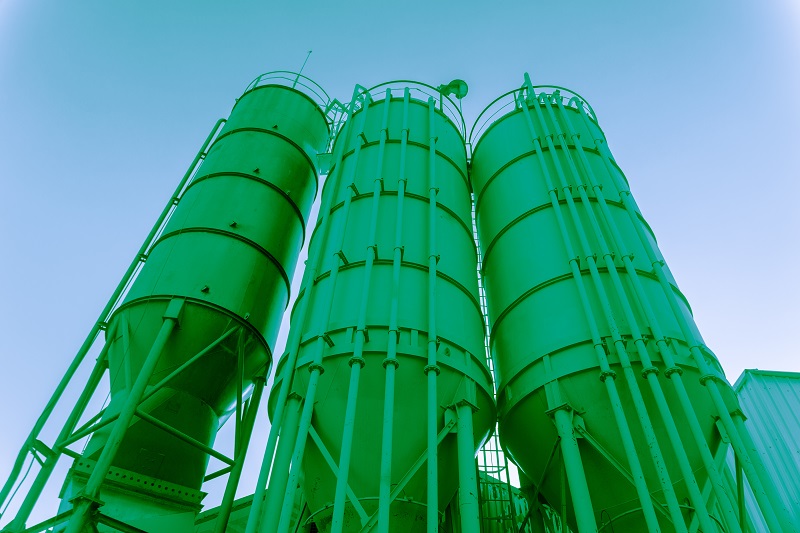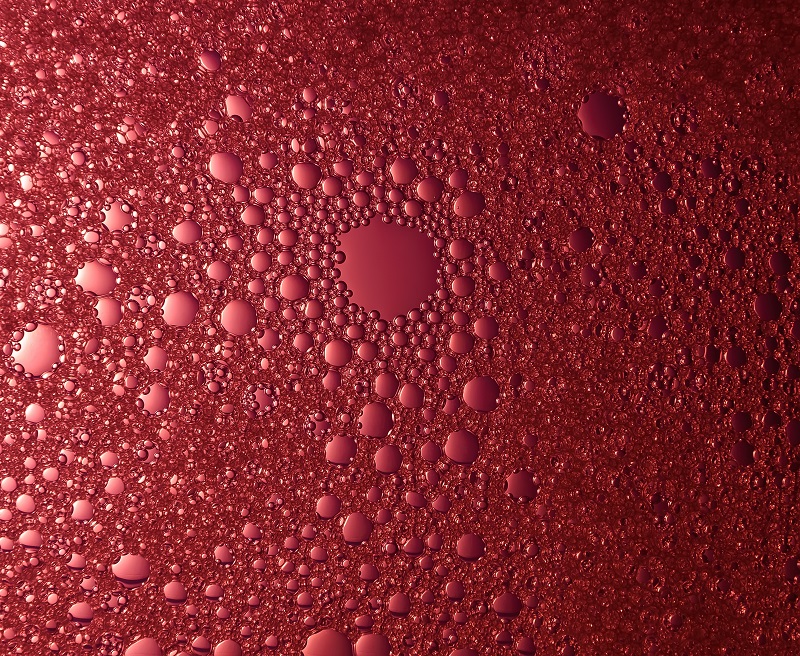Surface Preparation & Coating: Signs of Poor Workmanship
Dec 20, 2018

Quality coatings are essential for the long-term protection of your tanks and equipment. The primary step for that protection is the surface preparation. Without it, your equipment is vulnerable to corrosion, abrasions, thermal damage, or a wide array of other types of impairments that can occur in a manufacturing, commercial, or industrial setting. Surface preparation specialists in New England advise choosing a contractor who is experienced with the proper techniques to ensure the best results. Poor workmanship can result in early failure or degradation of your equipment. Recognizing the signs of improper surface preparation is important for any business that depends on quality surface coatings.
Intercoat Contamination and Adhesion Failure
The intercoat is the coat between the top surface and its substrate. When a coating is applied, a top coat is placed on top of the primer coat, and there is an intercoat between the two. The top coat must adhere to the intercoat in order for the protective qualities of the coating to do its job. Intercoat adhesion failure is also referred to as intercoat contamination and can leave equipment vulnerable to corrosion.
Adhesion failure is caused by condensation or surface contamination. It could also be a sign that there was an incompatibility between the coatings applied. Another reason for the failure could be that the surface was not dry when the coating was applied. Testing a surface is a necessity in surface preparation in order to determine the correct coating application. Professional surface preparation contractors ensure that all tests are performed prior to choosing the proper coating system. Additionally, inadequate washing could leave contamination on the surface, deposited there as a result of nearby equipment operations or improperly stored primer.
Blistering
This issue occurs through the formation of bubbles, either broken or unbroken, which appear under or inside the coating of either a metal or painted surface. This defect is a result of adhesion failure. When these liquid-filled bubbles break, they leave the surface unprotected and vulnerable to corrosion.
Blistering is caused by incorrect surface preparation or failure to test a coating system for soluble salts. If the tank, vessel, or other surface has a lower temperature on its exterior than the substance stored inside, the coating or lining can blister. Proper surface washing techniques using clean, potable water to remove any soluble surface salts can prevent the issue.

Cissing
If there are foreign materials such as oil or grease on the surface prior to the coating application process, it is vulnerable to moisture and surface contamination. Failure to properly remove these contaminants prior to the application of a coating system may cause cissing, indicated by visible breaks in the surface film. The best method of resolving the issue requires removal of the damaged coating. A complete surface preparation using the proper techniques by an experienced surface preparation company, followed by a reapplication of the coating system will resolve the issue.
Poor Workmanship is Not Cost-Effective
Improper coating or surface preparation techniques can cause more than just unsightly defects on the surface of your equipment. Over time, corrosion and rust can set in, forcing costly shutdowns, unsafe operation, or even equipment replacement. Using professional surface preparation services to ensure proper surface coating techniques is more cost-effective, and extends the service life of your equipment.
For more information about our available services as a surface preparation specialist in New England, or to take advantage of our convenient online quote service, please visit our website.
Advanced Prep Coat, Inc.
41C Sutton Lane
Worcester, MA 01603
63 School Street
Putnam, CT 06260
800-230-2937
- Connecticut
- Maine
- Massachusetts
- New Hampshire
- New York
- Rhode Island
- Vermont
- and the entire Northeast
